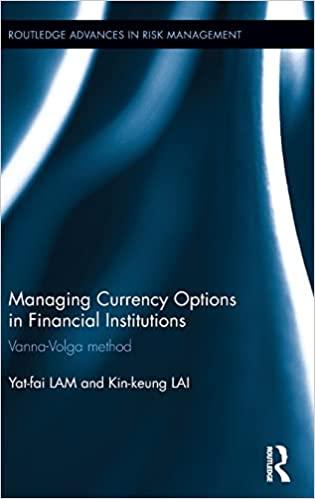2. A provincial government is providing a public good to 5 citizens: The marginal cost of producing the public good can be given as: MC = 10+29. The citizens' marginal benefits from the public good are: Matt: MB = 20-(0.5) Chris: MB = 20-30 Kim: MB = 20 -(0.5) Nicola: MB = 20-29 Anthony: MB = 20-9 a. Explain why a private firm would fail to produce an efficient output of this good. b. What is the optimal quantity of the public good? What is total cost to supply this quantity? c. If Chris is forced to pay for half (50%) of the public good, what is his preferred quantity of the public good? What is the total cost to supply this quantity? Why is this different from the answer in part b? d. If Chris is forced to pay for all (100%) of the public good, what is his preferred quantity of the public good? What is the total cost to supply this quantity? Why is this different from the answer in part c? e. Now assume that the good is rivalrous (but still non- excludable) and that the government decides to provide it anyway. What is the optimal quantity of the rivalrous (but non-excludable) good in this case? 2. A provincial government is providing a public good to 5 citizens: The marginal cost of producing the public good can be given as: MC = 10+29. The citizens' marginal benefits from the public good are: Matt: MB = 20-(0.5) Chris: MB = 20-30 Kim: MB = 20 -(0.5) Nicola: MB = 20-29 Anthony: MB = 20-9 a. Explain why a private firm would fail to produce an efficient output of this good. b. What is the optimal quantity of the public good? What is total cost to supply this quantity? c. If Chris is forced to pay for half (50%) of the public good, what is his preferred quantity of the public good? What is the total cost to supply this quantity? Why is this different from the answer in part b? d. If Chris is forced to pay for all (100%) of the public good, what is his preferred quantity of the public good? What is the total cost to supply this quantity? Why is this different from the answer in part c? e. Now assume that the good is rivalrous (but still non- excludable) and that the government decides to provide it anyway. What is the optimal quantity of the rivalrous (but non-excludable) good in this case







